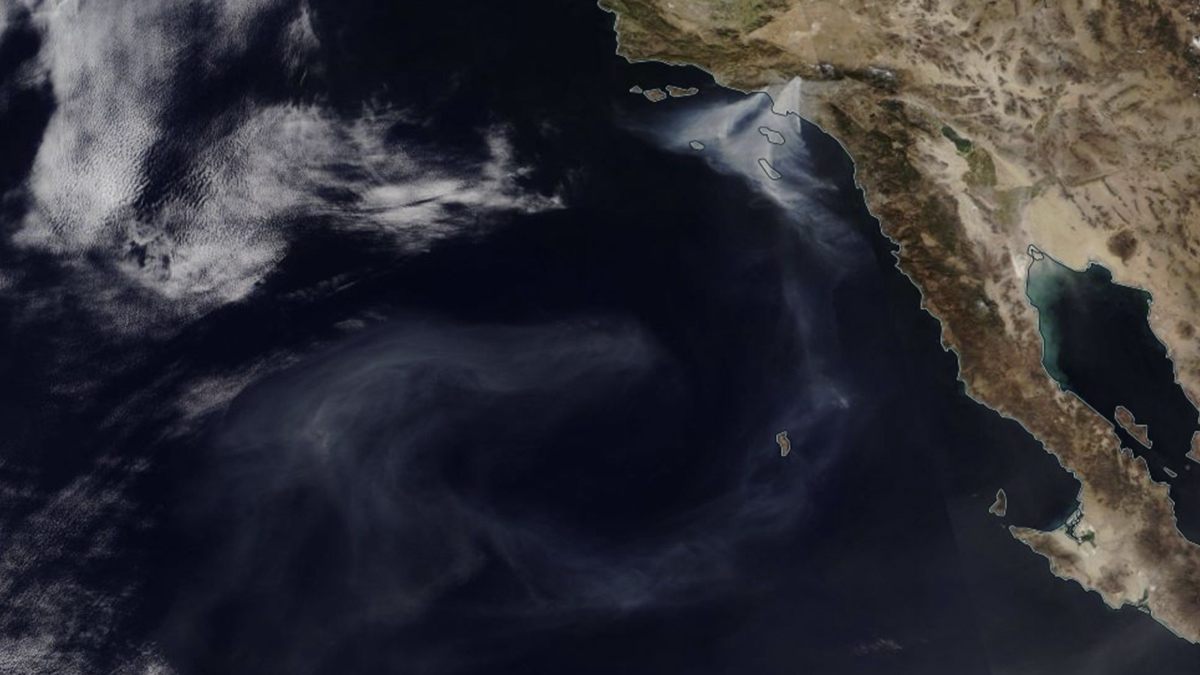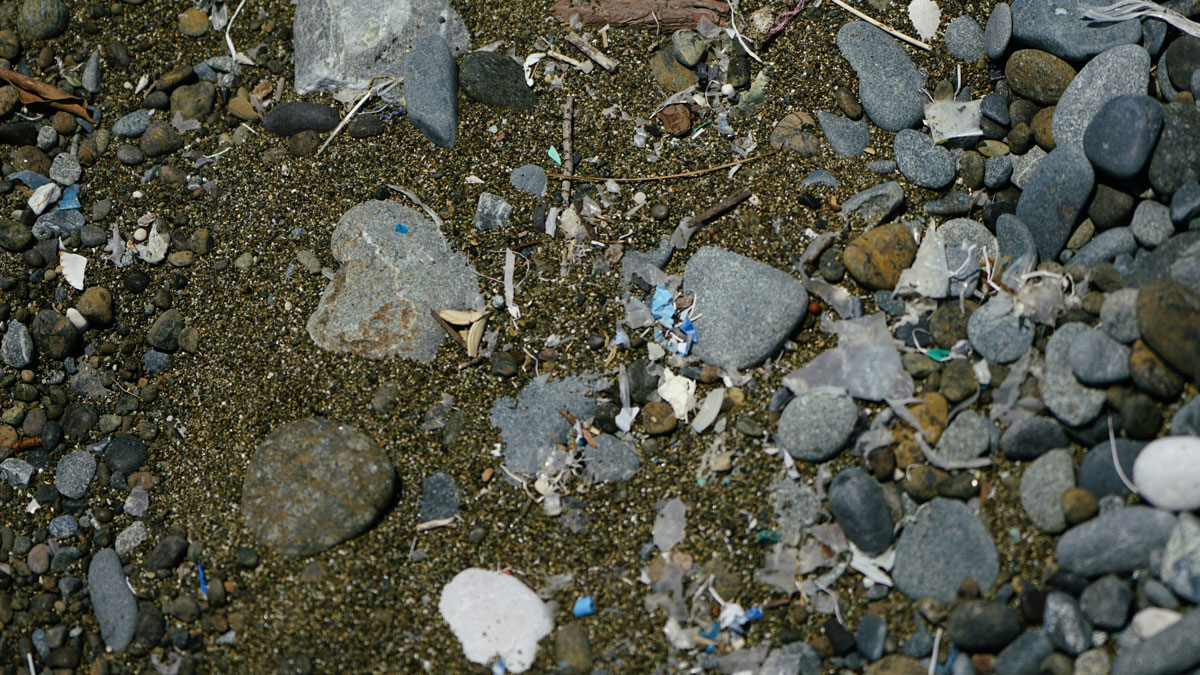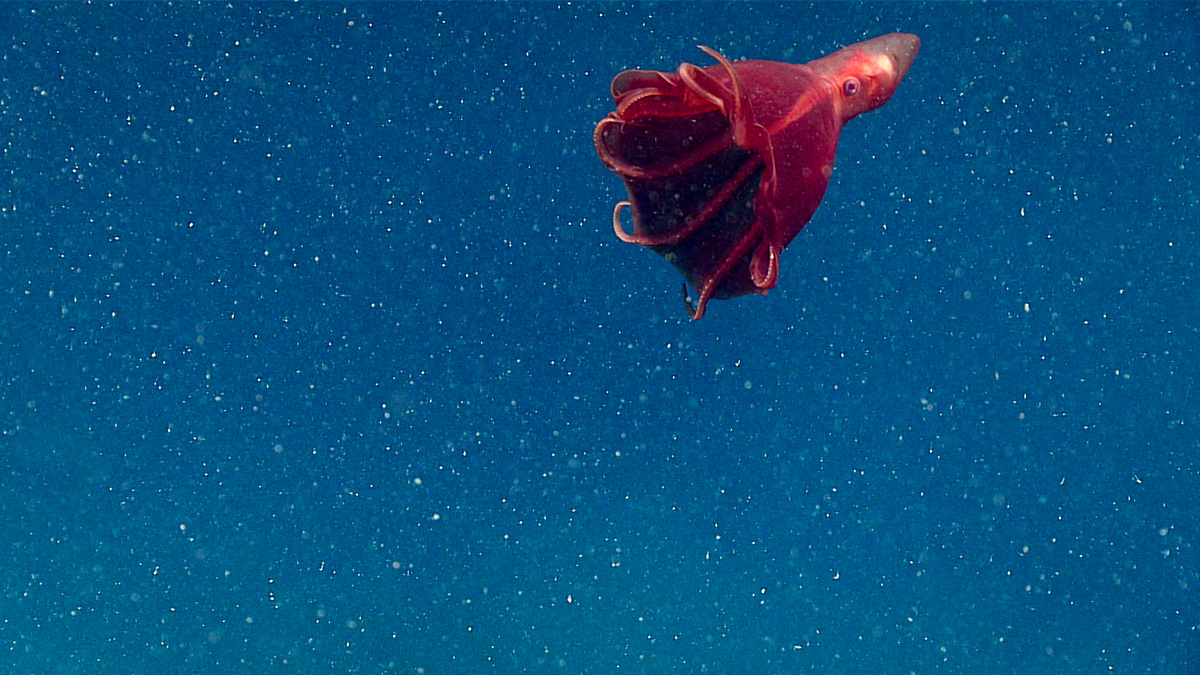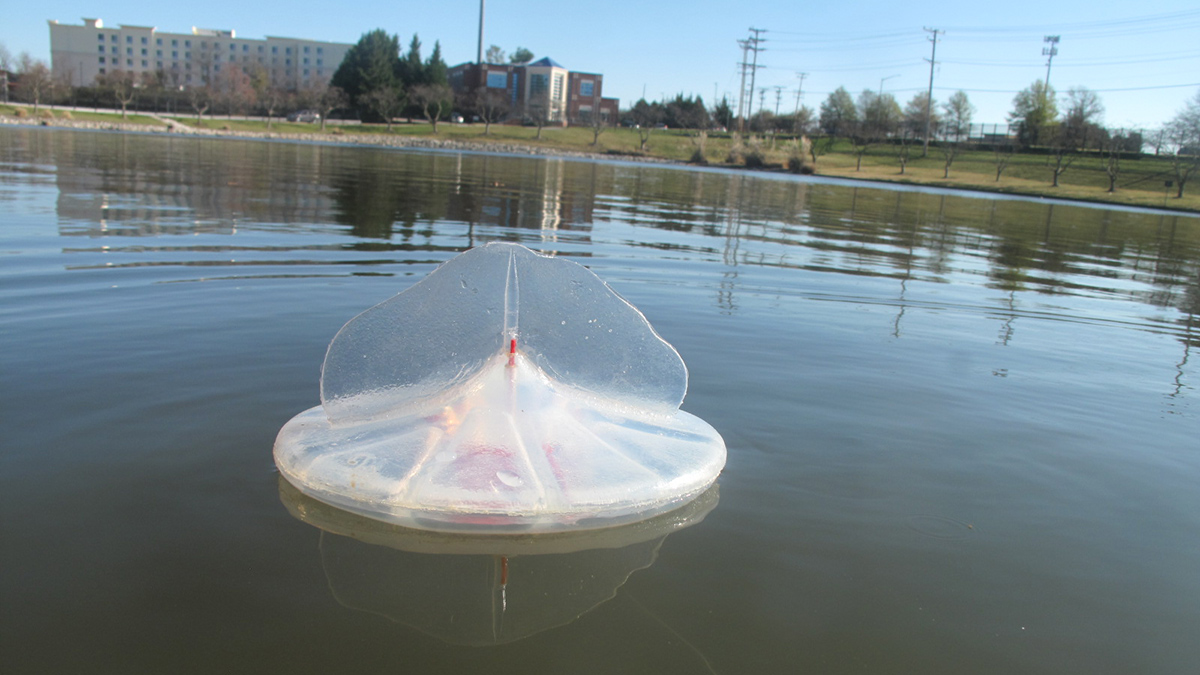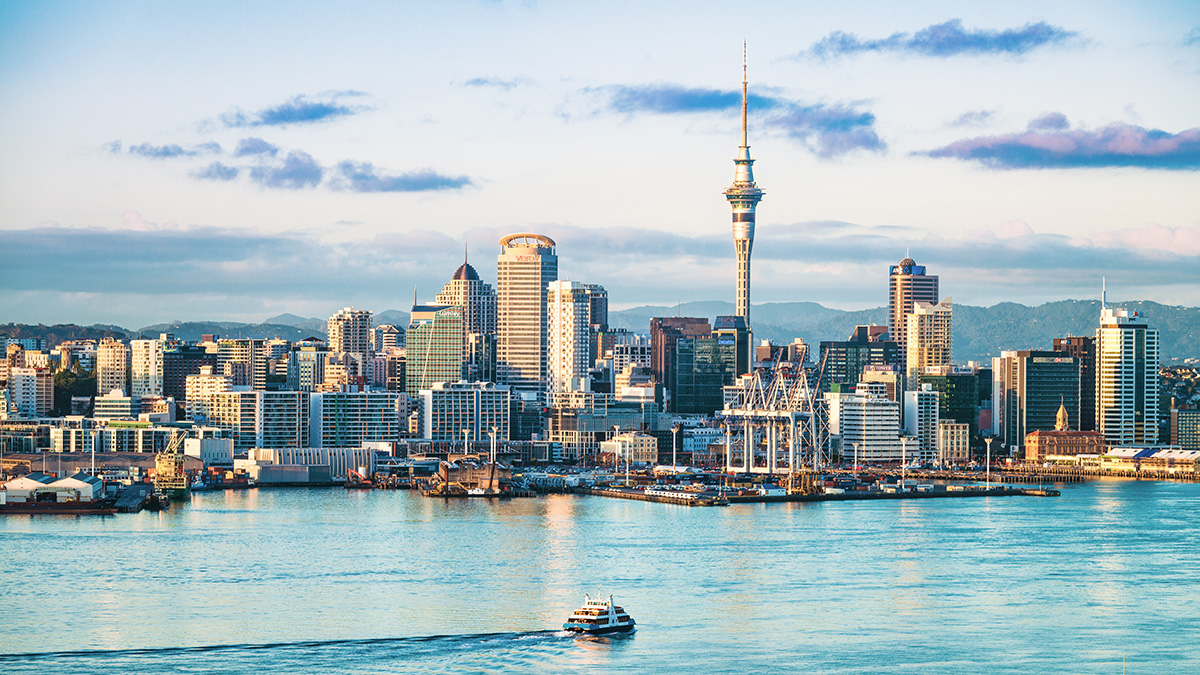Timely action shows the impact of urban fires on freshwater and marine ecosystems.
marine debris
Avalanches of Microplastics Carry Pollution into the Deep Sea
Scientists observed a once-theorized process ferrying microplastics into the deep ocean.
Balancing the Deep Ocean Plastics Budget
Up to 11 million metric tons of plastic are sitting on the seafloor, mostly near coasts and shipping corridors.
Los microplásticos son el ingrediente no tan secreto de la nieve marina
Partículas diminutas de plástico degradadas y cubiertas por biopelículas se hunden hasta el fondo marino llevando consigo carbono.
In the Great Pacific Garbage Patch, New Marine Ecosystems Are Flourishing
Sea life, stuck to plastic bottles and other human trash, has journeyed far from coastal habitats—and may threaten local species
Microplastics Are the Not-So-Secret Ingredient in Marine Snow
Particles of tiny, degraded plastics coated with biofilms sink to the seafloor, carrying carbon with them.
Biodegradable Sensors Could Explore the Seas More Sustainably
Researchers are developing environmentally friendly instruments to monitor the oceans.
A New Census of Plastic Debris Entering the Ocean
On the basis of thousands of measurements of plastic pollution spotted near coastlines and at sea, researchers estimate that roughly 500 million kilograms of plastic debris is entering the world’s oceans each year.
Even at the Bottom of the World, the Ocean Is Belching Plastic
Plastic fills the air above Auckland, New Zealand.
Ninety Percent of the World’s Oil Slicks Are Caused by Humans, Not Nature
Researchers were surprised to find exactly how many oil slicks were due to human activity, highlighting the need for people to pay attention to runoff and leaks.

